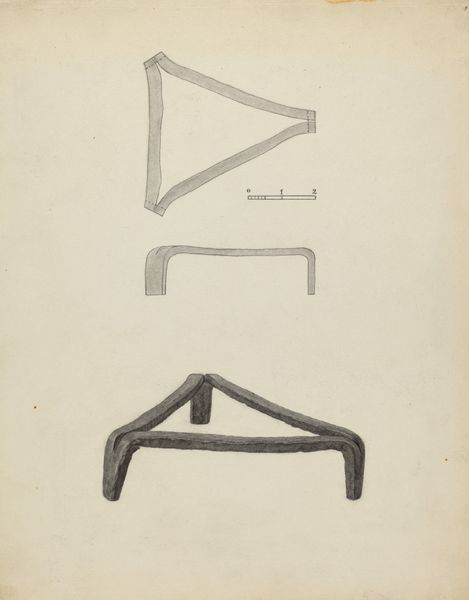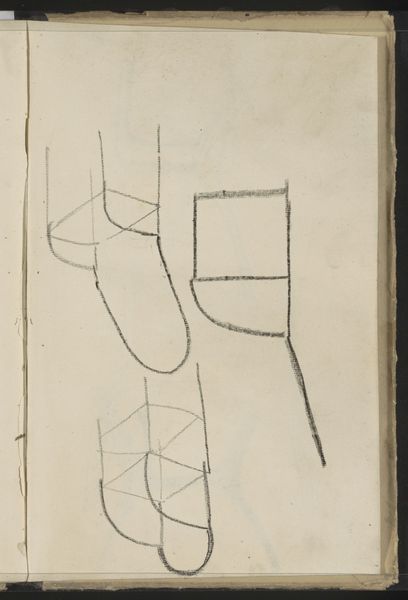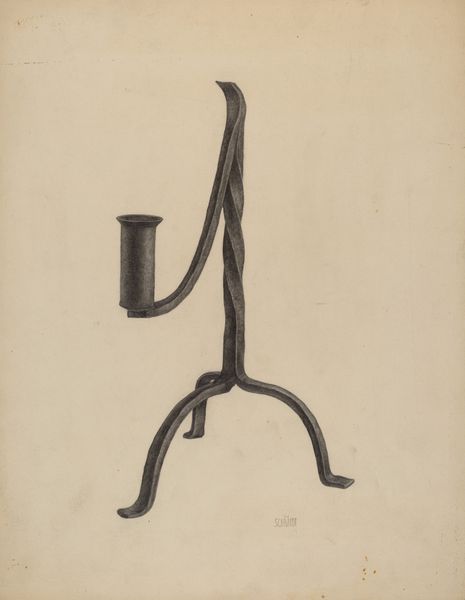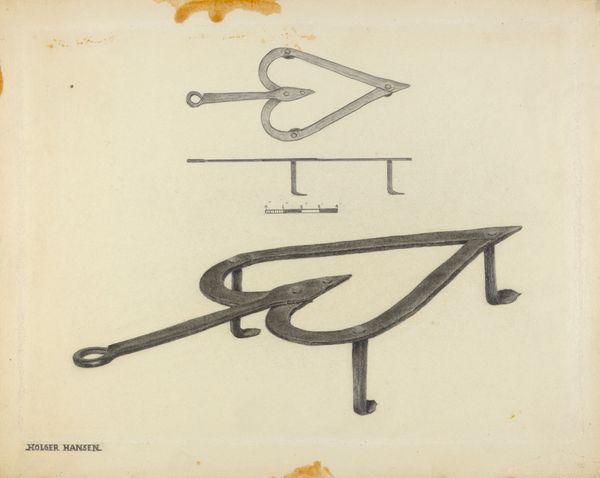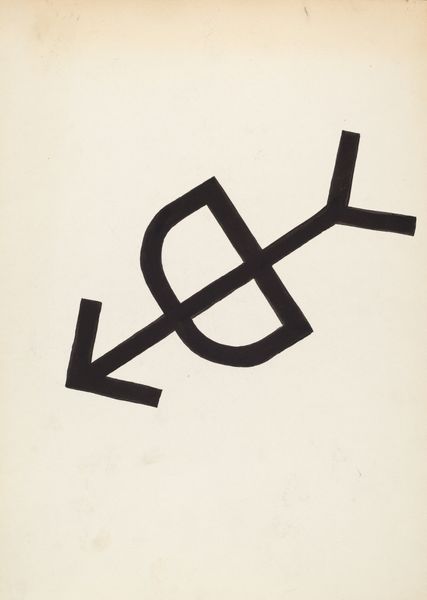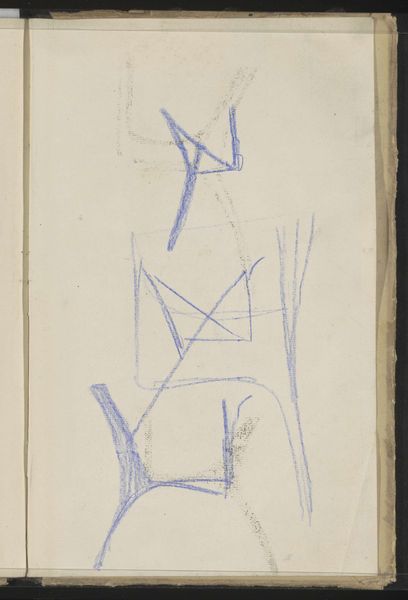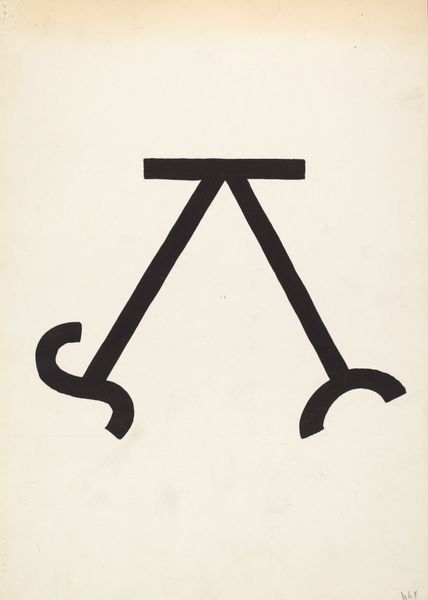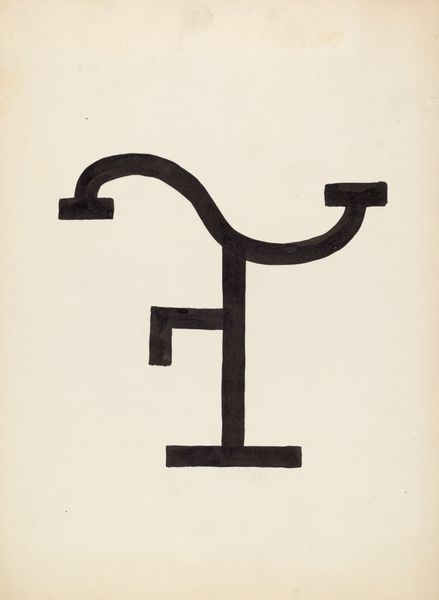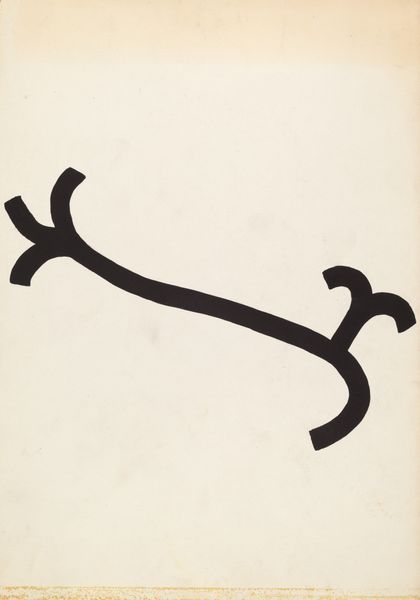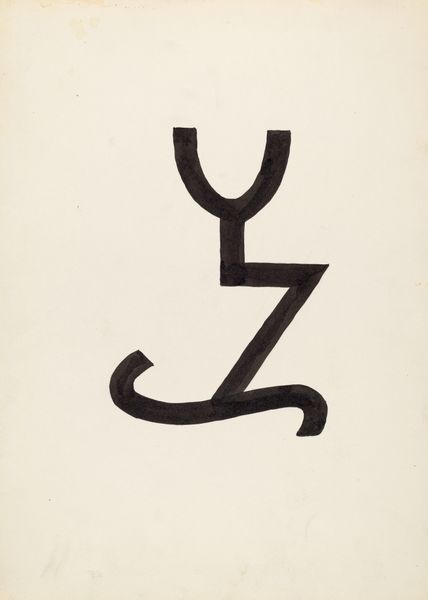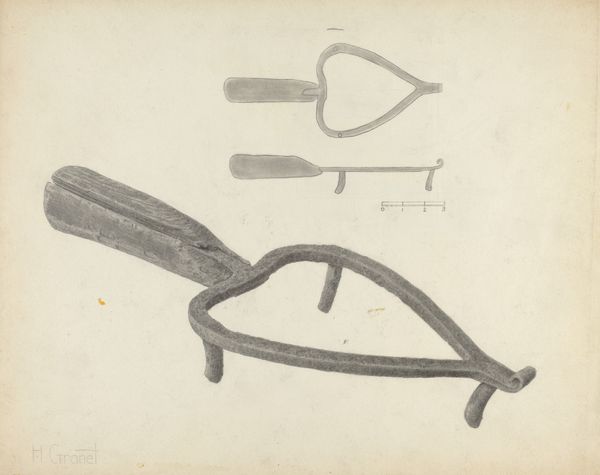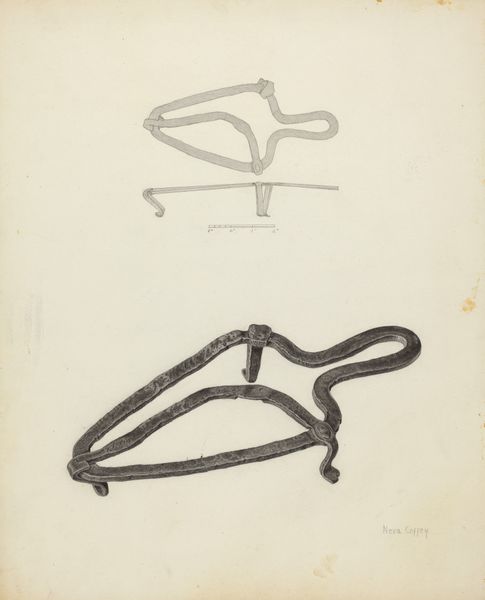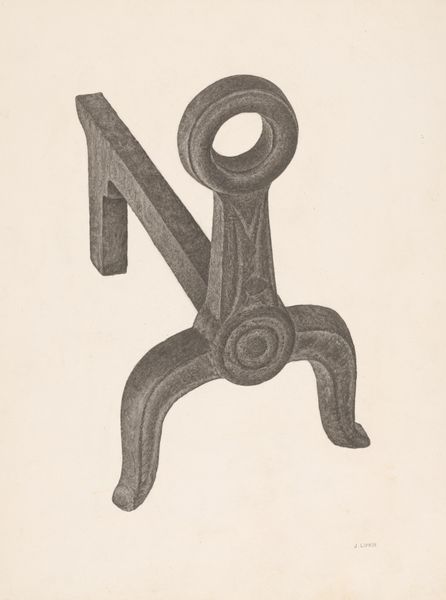
drawing, pencil, graphite
#
drawing
#
geometric
#
pencil
#
graphite
#
academic-art
Dimensions: overall: 28.6 x 22.8 cm (11 1/4 x 9 in.) Original IAD Object: 5 3/8" long; 5" wide; 1 3/8" high
Copyright: National Gallery of Art: CC0 1.0
Curator: This graphite and pencil drawing, made circa 1938 by Charles Garjian, depicts a trivet. Editor: It’s stark, almost industrial, yet there's a fragility in the lines, a tenderness conveyed by the graphite medium that softens the object. Curator: Indeed. Look at how Garjian meticulously renders three views of the trivet on the paper: a detailed, shadowed close-up contrasted with lighter, schematic renderings above. It reflects the artist’s concern for utility as much as form. The scale markings also lend the air of design documentation, of practical manufacture. Editor: Yes, this piece is so revealing about design processes and objectification of everyday functional items. One is tempted to consider where it might have been exhibited and whom it may have been created for. Was Garjian's audience domestic consumers or prospective manufacturing entities, who were more familiar with design plans than abstract drawings? Curator: Excellent question. I imagine a range of audiences in pre-war America would find themselves reflected in a domestic object rendered in such meticulous detail. Was Garjian thinking about domestic workers for whom the trivet would have held functional value, and the aspiring upper classes who wanted domestic scenescapes with functional objects? Editor: The dark graphite used for one rendering and pale shade in the others draws our focus to the act of labour and manufacturing—it emphasizes the weight, texture, and physicality of the trivet, perhaps highlighting shifts in American material culture at the time. The artist really asks us to question the politics of depicting utilitarian, manufactured goods. Curator: Well, this object, presented via these different rendering choices, forces us to consider a nexus between art and industry that questions how everyday things obtain value—and what constitutes “art” versus merely craft or product. Editor: I agree. It shows that design is far more than an afterthought; instead it occupies a key node of artistic, societal, and historical intersection.
Comments
No comments
Be the first to comment and join the conversation on the ultimate creative platform.

